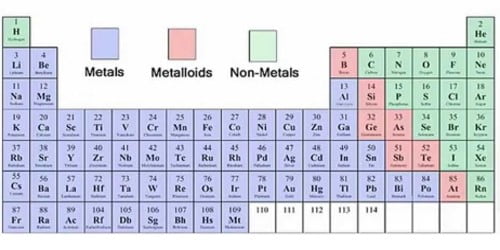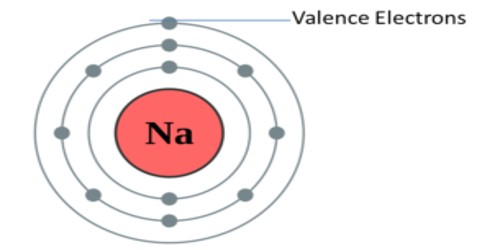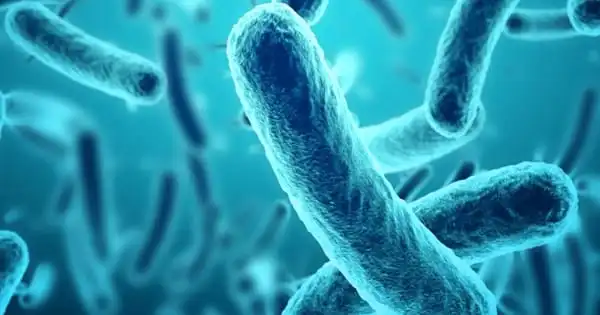Fructolysis is the metabolic pathway by which fructose, a simple sugar or monosaccharide, is broken down and transformed into other molecules to provide energy or be used in other metabolic processes. It relates to the breakdown of fructose from dietary sources. Fructose is largely metabolized in the liver, and its breakdown involves many enzyme processes. Though glycolysis uses many of the same enzymes and intermediate structures as fructolysis, the two sugars have fundamentally distinct metabolic fates in human metabolism.
In contrast to glucose, which is directly processed throughout the body, fructose is almost exclusively metabolized in the liver in humans, where it is directed toward hepatic glycogen and triglyceride production. Less than 1% of ingested fructose is metabolized directly to plasma triglyceride. In the liver, 29% to 54% of fructose is converted to glucose, while about a quarter is turned to lactate. 15% to 18% of the energy is turned to glycogen. Glucose and lactate are then generally used as energy to energize cells throughout the body.
Fructose is a dietary monosaccharide found naturally in fruits and vegetables, either as free fructose or as part of the disaccharide sucrose, and as its polymer inulin. It can also be found in refined sugars such as granulated sugars (white crystalline table sugar, brown sugar, confectioner’s sugar, and turbinado sugar), refined crystalline fructose, high fructose corn syrups, and honey. Fructose accounts for about 10% of the calories in the Western diet (about 55 g/day).
Here’s a simplified overview of the fructolysis pathway:
- Phosphorylation: The first step in fructolysis is the phosphorylation of fructose to form fructose-1-phosphate. This reaction is catalyzed by the enzyme fructokinase.
- Cleavage: Fructose-1-phosphate is then cleaved into two three-carbon molecules, dihydroxyacetone phosphate (DHAP) and glyceraldehyde. This reaction is catalyzed by the enzyme aldolase B.
- Conversion to Glycolysis Intermediates: The previous step’s glyceraldehyde is transformed into glyceraldehyde-3-phosphate, an intermediary in glycolysis, which is another metabolic process that breaks down glucose to provide energy.
Fructolysis is a vital metabolic process that assists the body in utilizing fructose, a sugar present naturally in fruits, honey, and some vegetables, as well as in processed meals such as high fructose corn syrup. Fructose metabolism that is efficient and balanced is critical for general health.
















